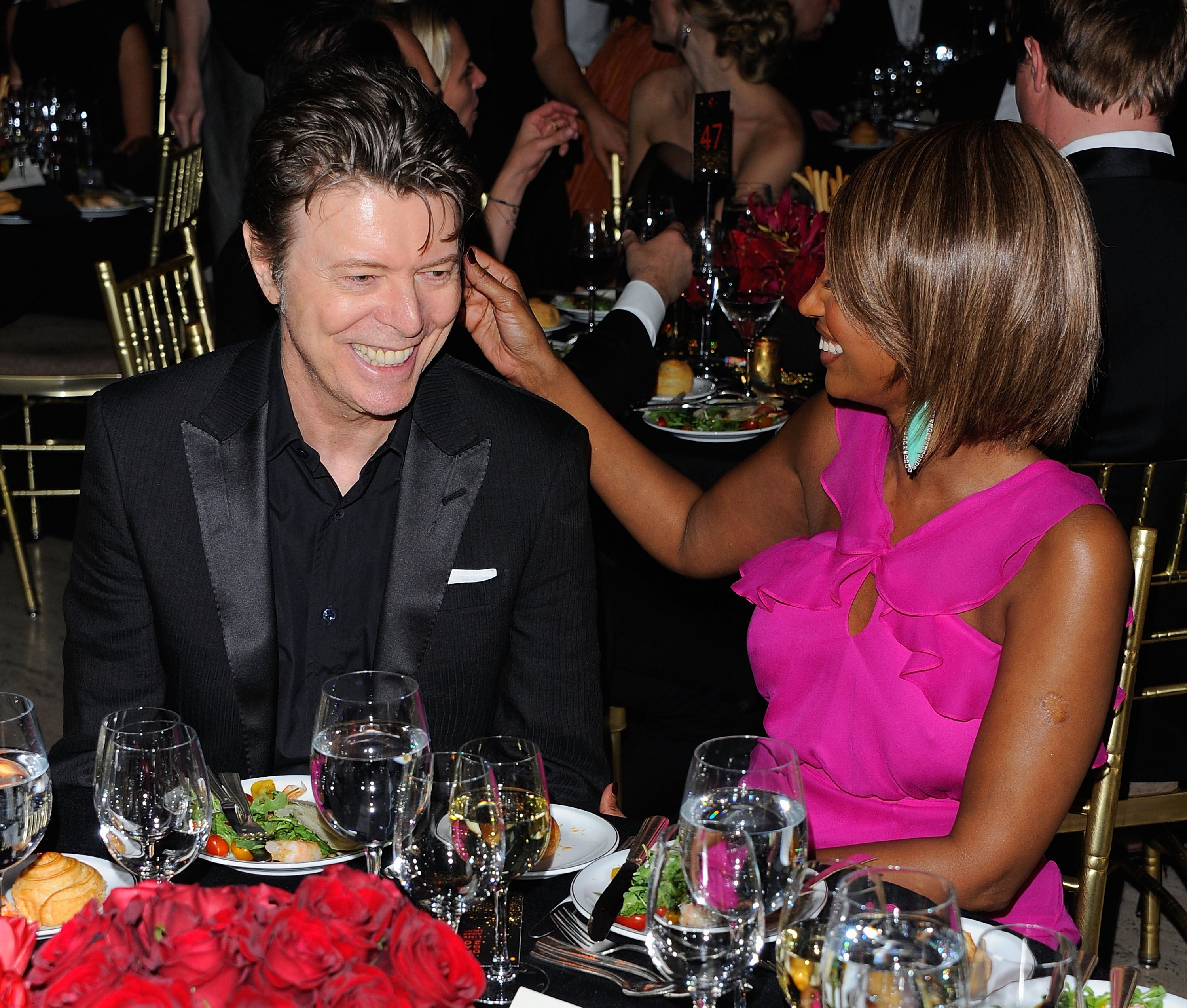Impish, dynamic and unexpectedly tactile: Remembering my friend David Bowie
I feared our relationship might be mortally wounded when I gained my biggest ever scoop, slightly at his expense

Your support helps us to tell the story
From reproductive rights to climate change to Big Tech, The Independent is on the ground when the story is developing. Whether it's investigating the financials of Elon Musk's pro-Trump PAC or producing our latest documentary, 'The A Word', which shines a light on the American women fighting for reproductive rights, we know how important it is to parse out the facts from the messaging.
At such a critical moment in US history, we need reporters on the ground. Your donation allows us to keep sending journalists to speak to both sides of the story.
The Independent is trusted by Americans across the entire political spectrum. And unlike many other quality news outlets, we choose not to lock Americans out of our reporting and analysis with paywalls. We believe quality journalism should be available to everyone, paid for by those who can afford it.
Your support makes all the difference.Seven years ago today, I was phoned early in the morning by executives at The Independent to tell me that David Bowie had died. I spoke to the then editor, and with others we began to produce a special supplement to commemorate the coolest man in music. These were the last months of print for the newspaper, so special supplements were still a thing.
But my contribution was made in a spirit of sadness as well as celebration, for Bowie had become something of a friend. This was a privilege for me that I would never in a million years have foreseen when, as a boy, I first saw him on stage in 1972 at the now defunct Rainbow Theatre in London.
It was one of his first appearances in the persona of Ziggy Stardust. He came on stage in a blue Lurex jacket open to the navel, his hair described afterwards in one review as “a solid bob of flaming Apricot Gold, made even brighter by a deathly white made-up face”. Bowie went through various costume changes during the show, again a novelty at a rock concert, and climbed to the top of the scaffolding for “Space Oddity” to simulate being in space. As if that wasn’t enough, the support act was the up and coming Roxy Music. As evenings go, that wasn’t a bad one.
More than two decades later, as The Independent’s arts person, I met David, had dinner with him, interviewed him, and we struck up a rapport. It was a moment when he was experimenting with using mash-ups of found lyrics to make songs for his new album. “Will there be any tunes on it?” I slightly cheekily asked. “I doubt it,” he replied, and burst into that peal of infectious laughter that I was to come to know well.
Some months later, he asked me to write the catalogue essay for an exhibition of his art he was mounting in London. I was more than happy to do so, as I thought and still believe he was little known as an artist by fans who rightly worshipped him for his music. His figurative paintings were sometimes dark, always powerful; his self-portraits seemingly influenced by Francis Bacon, such was their ability to disturb the viewer. Little known too was the fact that David was an avid collector, of works ranging from Rubens to Duchamp and Damien Hirst, and funded and sat on the board of Modern Painters magazine, relishing interactions with artists and even interviewing artists, including Tracey Emin and Hirst, for the magazine.

As we got to know each other, David introduced me to his wife, the former supermodel Iman, whom he adored. She was more aloof than the always extravagantly friendly, always charismatic David. But that year I received from the two of them a numbered Christmas card, with one of David’s own abstract paintings on the front, and from David a limited-edition privately released album with a personal message written on the CD cover. Only 150 copies were made. Friends have occasionally whispered “eBay” to me about the latter, but I know I would never be able to part with it.
I feared our relationship might be mortally wounded when I gained my biggest ever scoop, slightly at his expense. He hosted a reception in New York, in the studio of artist Jeff Koons, to launch William Boyd’s book Nat Tate about an American abstract expressionist who took his own life by jumping from the Staten Island ferry. I was to reveal a couple of days later that the book was a brilliant hoax. Nat Tate was a figment of Boyd’s imagination. But studying David as, among Koons’s kitsch sculptures, he read an extract that night, I could see in his mischievous smile as we exchanged glances that he was relishing the secret humour of the whole situation.
So today, as on every anniversary of his death, I will think of the coolest and most versatile of all rock stars. I will remember most of all that impish smile, and how it would without warning break into that infectious roar of laughter. I will remember his indefinable charisma, a stage presence that was as dynamic off stage. I will even remember how unexpectedly tactile he was.
And I will note the fact that unusually, even for megastars, his reputation never dimmed. Though it tends to be forgotten, even The Beatles lost some of their adoration in the seventies, until John Lennon’s death brought back a global wave of affection that has never since diminished. But Bowie’s appeal has not wavered at all. Indeed, TV films about his life, and constant compilations and remasters, have brought in new generations of fans.
They will never be able to see his art-rock shows on stage, though, and never be able to get to know him. I recognise that I am privileged to have done both.

Join our commenting forum
Join thought-provoking conversations, follow other Independent readers and see their replies
Comments